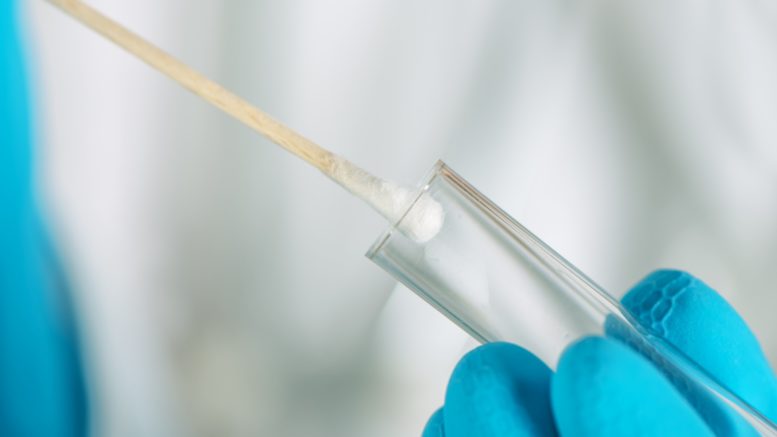McCulloch, et al. (2020) say that increased diagnostics are urgently needed to contain the spread of coronavirus disease 2019 (COVID-19). Home self-collected swabs may increase testing access while minimizing exposure risk to health care workers and depletion of personal protective equipment, allowing for early community detection of COVID-19. A comparison of unsupervised home self-collected swabs with clinician-collected nasopharyngeal swabs for COVID-19 diagnosis has not been well described.
This cross-sectional study by McCulloch, et al. (2020) was approved by the University of Washington institutional review board and follows the Strengthening the Reporting of Observational Studies in Epidemiology (STROBE) reporting guideline. Participants provided electronic informed consent. Study participants were recruited from symptomatic outpatients testing severe acute respiratory syndrome coronavirus 2 (SARS-CoV-2)–positive and symptomatic health care workers presenting to drive-through clinics (eFigure and eAppendix in the Supplement). Participants were provided test kits for unsupervised home self-collection of a midnasal swab. Home swab performance was compared with clinician-collected nasopharyngeal swabs, which were collected by medical assistants and nurses. Cycle thresholds (Ct) are a semiquantitative measure of viral load. Positive test results for SARS-CoV-2 by both approaches were defined as true positives. Results with a positive clinician swab and negative home swab were defined as false negatives. Sensitivity was defined as true positives divided by the sum of true positives and false negatives. Cohen κ was calculated for agreement between the 2 qualitative test results. The threshold for statistical significance was set at 2-tailed P < .05.
Of 185 total participants, 158 (85%) enrolled at drive-through clinics, and 27 (15%) enrolled after a positive SARS-CoV-2 test. Among the 185 participants, 41 (22.2%) yielded SARS-CoV-2 positive test results via clinician-collected nasopharyngeal swab, home self-collected midnasal swab, or both. One hundred fifty-eight participants (85%) were health care workers, of whom 14 (9%) tested positive. Among participants with COVID-19, common symptoms included myalgia (33 participants [80.5%]), cough (28 participants [68.3%]), and fever (26 participants [63.4%]). Compared with clinician swabs, sensitivity and specificity of home swabs was 80.0% (95% CI, 63%-91%) and 97.9% (95% CI, 94%-99.5%), respectively (Table). Cohen κ statistic was 0.81 (95% CI, 0.70-0.93), suggesting substantial agreement.
Cycle thresholds of home swabs were positively correlated with clinician swabs (correlation coefficient, 0.81; P < .001) (Figure). Time from symptom onset to swab collection was comparable between true positives and false negatives. Among the 28 true positives, home swab collection occurred a median (interquartile range) of 4 (2-7) days after symptom onset, whereas among 7 false negatives, home swab collection occurred a median (interquartile range) of 6 (3-18) days after symptom onset (P = .32). The median (interquartile range) Ct of the clinician swab was lower for true positives vs false negatives (24.1 [18.7-26.0] vs 33.7 [33.5-35.1]; P = .01). Four of 5 false-negative swabs had Ct greater than or equal to 33. In a sensitivity analysis of all swabs with Ct less than or equal to 32, sensitivity of home swabs was 95%.
Reference: McCulloch DJ, et al. Comparison of Unsupervised Home Self-collected Midnasal Swabs With Clinician-Collected Nasopharyngeal Swabs for Detection of SARS-CoV-2 Infection. JAMA Netw Open. 2020;3(7):e2016382. doi:10.1001/jamanetworkopen.2020.16382

Be the first to comment on "Researchers Compare Home Swabs With Clinician-Collected Swabs"